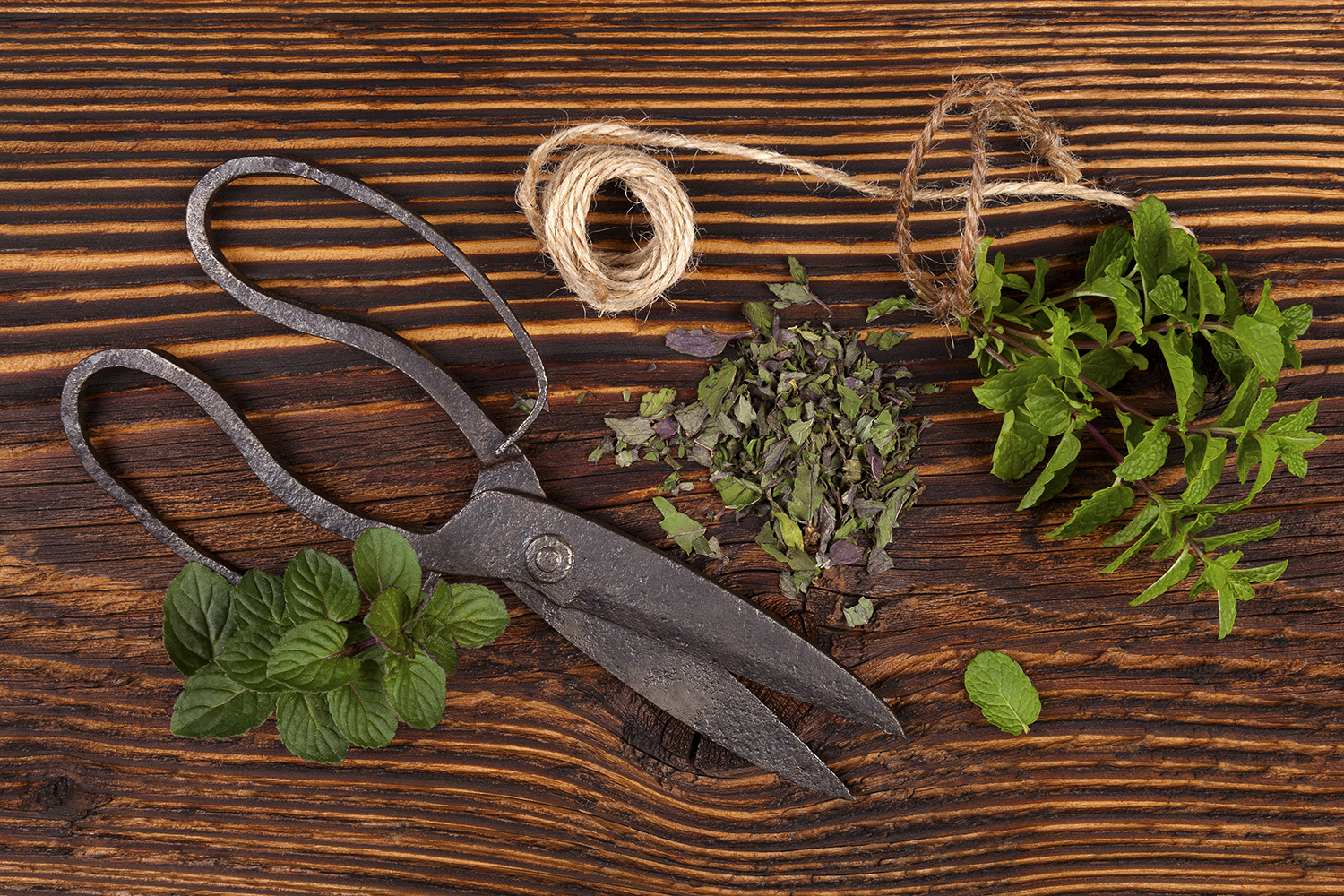There’s one type of ingredient that can elevate your cooking like no other: herbs. Easy to use, they add bold flavors and freshness to any dish. Here are some tips for getting the most out of them.
Dried vs. Fresh Herbs
A common dilemma many home cooks face is deciding whether to use fresh or dried herbs. Tougher and woodier herbs have inedible stems (thyme, rosemary, oregano). They taste better when dried, since their flavors have a chance to intensify through the drying process. Add dried herbs at the beginning of a dish’s cooking time, since these herbs tend to release more of their flavors the longer they’re cooked.
Delicate and tender herbs (cilantro, basil, chives, parsley) are better fresh. Since these herbs tend to have more subtle flavors, add them at the end of a recipe’s cooking time. This way they can maintain their bright colors and mild flavors.
Growing and Storage of Herbs
Growing your own herbs is a cost-effective way to constantly have a supply on hand. If an outdoor garden is not an option, consider planting herbs in pots. Place them on a sunny indoor windowsill. Use a sharp pair of scissors to cut off the amount you need.
Purchased herbs can easily spoil—especially the delicate varieties. When you bring fresh herbs home from the store, keep them damp by wrapping them in a wet paper towel. Store them in a plastic bag or container that has a few holes in it to allow the herbs to breathe. This will help them retain their freshness.
Tips for Using Herbs
- When chopping fresh herbs, be careful not to bruise their soft leaves.
- Never chop through them more than once or twice. Excessive chopping causes their natural oils and flavors to dissipate.
- Before adding dried herbs to a dish, crumble them between your fingertips. This helps release their natural flavors and oils.
- If you prefer the taste of fresh herbs—or if fresh is all you have when a recipe calls for dried—substitute 3 to 4 times more fresh herbs than dried herbs.
- If you find that you’re out of a certain variety when making a dish, switch one herb for another. Try these simple swaps: Marjoram for oregano; rosemary for thyme; mint for basil; cilantro for parsley; tarragon for chervil.




